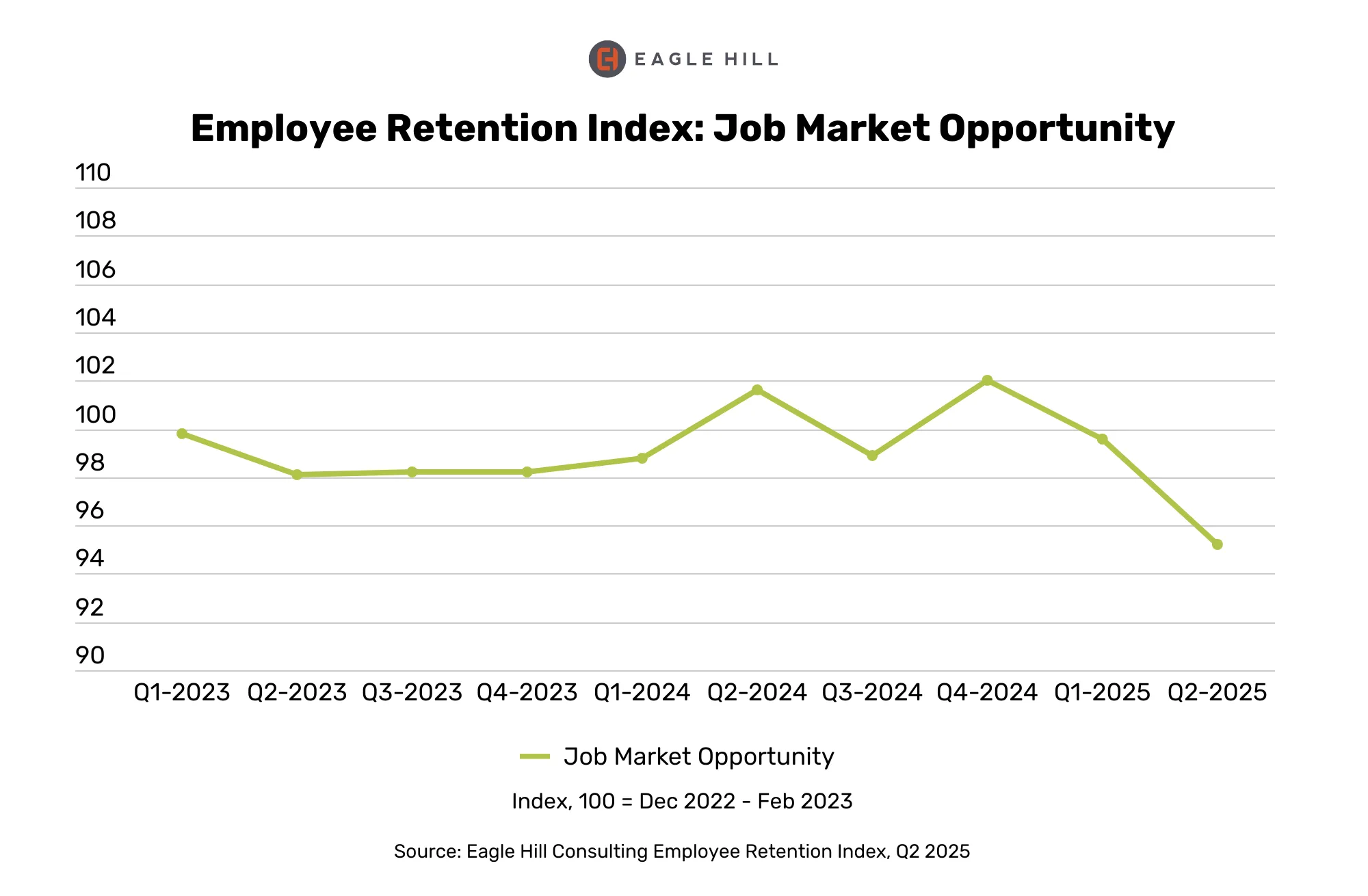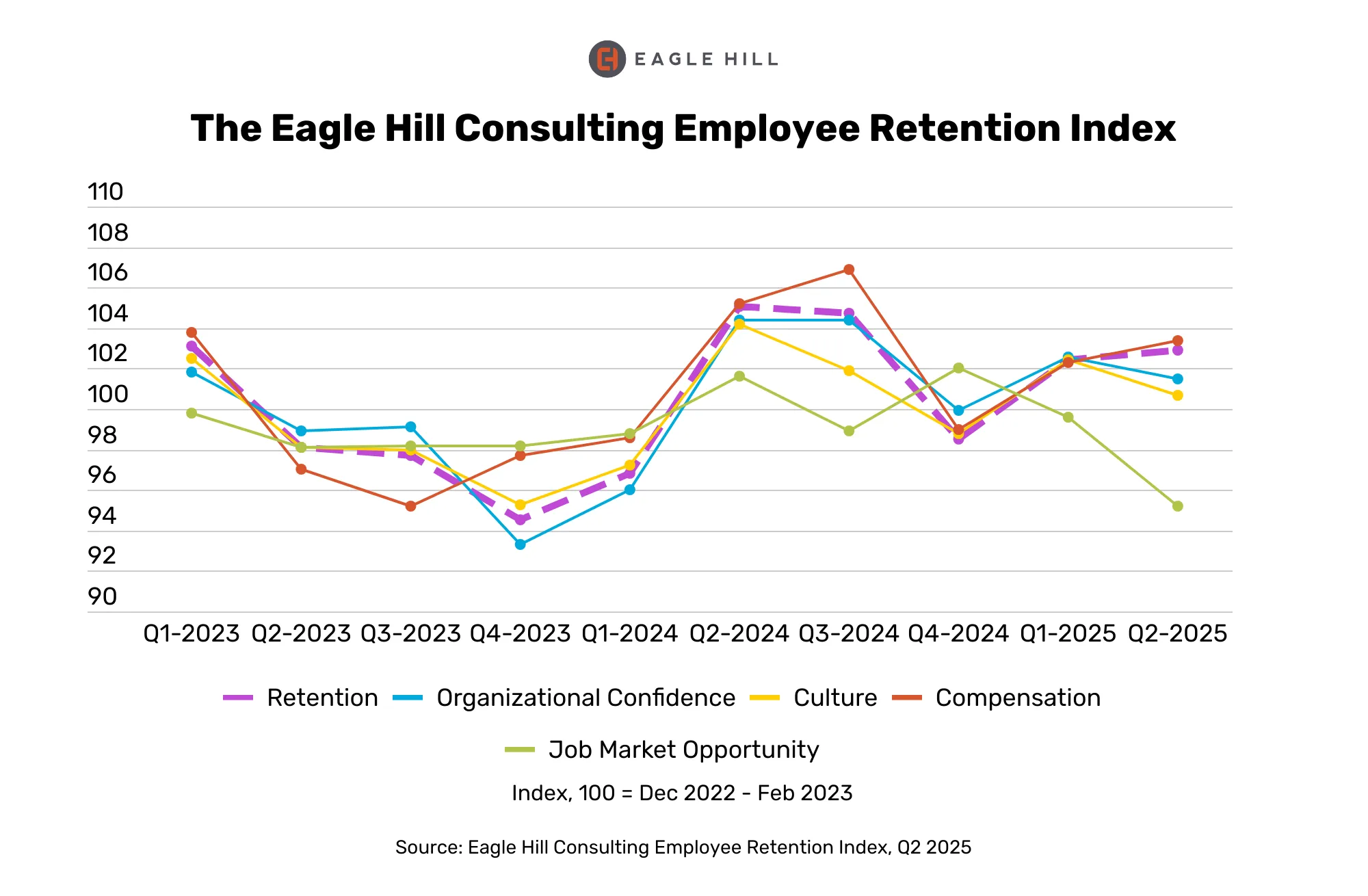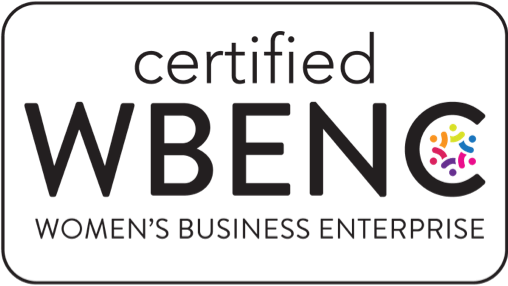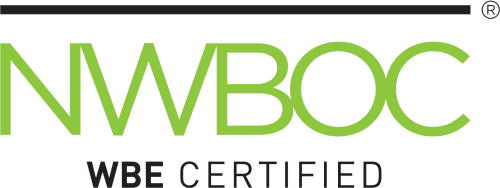

You might remember from high school history that the Industrial Revolution began in Great Britain in the mid-18th century and gradually spread across Europe, North America, and beyond.
Innovations like the spinning jenny, steam engine, and power loom replaced manual labor. Production moved from small workshops and homes into large, centralized factories. Mass migration from rural areas to cities occurred as people sought factory jobs. Steam-powered railroads, canals, and ships dramatically reduced the cost and time of transporting goods and people. Wealth creation shifted from landowners to industrial capitalists.
Today, the pace and scale of technological innovation—driven largely by artificial intelligence, automation, digital platforms, and data analytics—are often compared to the Industrial Revolution. We are living through what many call the Industrial Revolution 2.0, and it’s fundamentally reshaping our economy, workforce, and society.
Roles, skills, and career paths are being redefined in real time, shaped not only by emerging technologies but also by evolving employee expectations. Jobs like telemarketers, bank tellers, and truck drivers are projected to decline or disappear altogether. Meanwhile, technology and healthcare roles are expected to surge. The World Economic Forum estimates that 170 million new jobs will be created this decade, many designed around a new division of labor between humans, machines, and algorithms.
Routine tasks are increasingly handled by automation, while new roles demand a blend of technical fluency and human-centered capabilities such as creativity, critical thinking, and emotional intelligence. The traditional career ladder is being replaced by flexible career paths, hybrid work models, and the gig economy.
As with the original Industrial Revolution, today’s transformation brings both opportunity and disruption. To keep pace, we urgently need investments in reskilling, new talent development models, and policies that ensure workers aren’t left behind in the digital economy.
Workers are worried and staying put
Despite low unemployment and a relatively stable economy, workers are expressing anxiety about job prospects and long-term career security.
The latest Eagle Hill Employee Retention Index found a sharp decline in employee perceptions of the external job market. The Market Opportunity Indicator dropped 4.4 points—the steepest decline since the Index’s 2023 launch—falling to its lowest level on record.

This Market Opportunity decline reflects a growing sense of pessimism that employees hold about employment opportunities outside of their current organizations. Across the four indicators—Culture, Compensation, Organizational Confidence, and Job Market Opportunity—market sentiment not only experienced the greatest loss, but now is the lowest-ranking sentiment influencing employees’ intent to stay or leave their current roles. And this big drop is echoed across almost every demographic, with Baby Boomers experiencing the most significant fall, followed by men.

Prioritize talent development and reskilling
Amid this uncertainty, one thing is clear: organizations that invest in reskilling and talent development will be best positioned to thrive. Prioritizing learning and growth equip companies to adapt, innovate, and retain a future-ready workforce.
So, what should employers do for the employees who are staying? Here are three strategic actions to help navigate the Industrial Revolution 2.0:
- Invest in talent development, especially for high performers.
Upskilling and training are more than job perks. They’re strategic retention tools, especially for high potential employees you want to keep. Whether they be in AI literacy, digital fluency, collaboration, or leadership, internal talent development sends a powerful message: we believe in your potential. That’s especially important in industries where AI is transforming job roles. - Enable internal mobility.
Offer stretch assignments, rotational programs, and lateral moves. Employees today seek growth and variety without having to leave. Supporting internal career pathways strengthens engagement and reduces attrition. - Communicate transparently.
When external optimism wanes, internal transparency builds trust. Keep employees informed about business performance, strategy, and the “why” behind decisions. In times of uncertainty, transparency becomes a stabilizing force.
The first Industrial Revolution reshaped the modern world. The transformation underway today may prove just as consequential—only faster. Organizations that recognize this shift and embrace a reskilling mindset will not only weather the change but lead through it.

